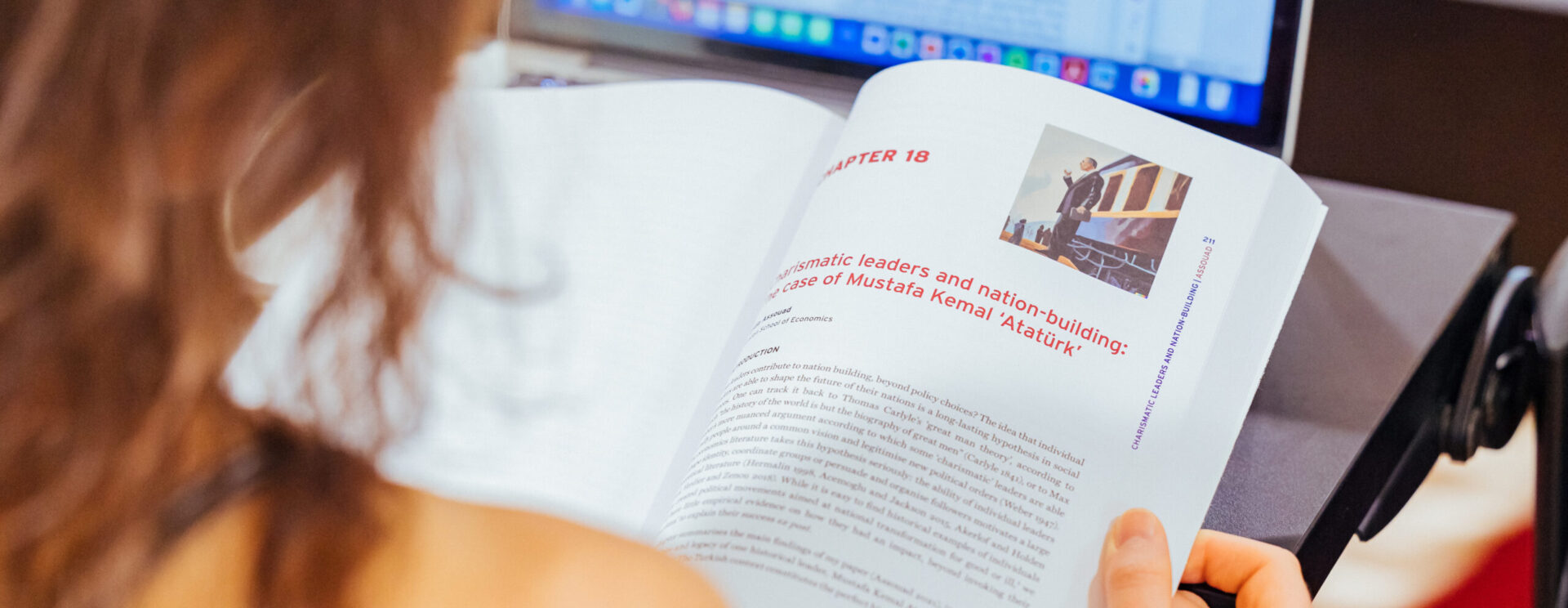Nuclear waste storage and environmental intergenerational externalities
Journal article: This article analyzes the long-term consequences of nuclear waste storage within a general equilibrium framework. The objective is to determine the conditions for which the storage of waste, and thus the transfer of externalities towards the future, can be optimal. These conditions could explain the implementation of intergenerational externalities, justifying an intertemporal Not In My Back Yard behaviour. We first show that the choice of the policy instruments determines the feasibility of the storage policy. Indeed, economic stability imposes precise levels of the rate of storage or of the tax rate, making it possible to avoid chaotic economic dynamics. Under these specific conditions, and depending on the period at which an accident may occur and on the value of the social discount rate, we show that storing all the nuclear waste may be optimal.
Author(s)
Mouez Fodha
Journal
- International Journal of Sustainable Development
Date of publication
- 2015
Keywords
- Q58
- Q53
- Overlapping Generations Model
- Nuclear Waste
- Environmental Externalities JEL Classifications O13
Pages
- 94
URL of the HAL notice
Version
- 1
Volume
- 18
